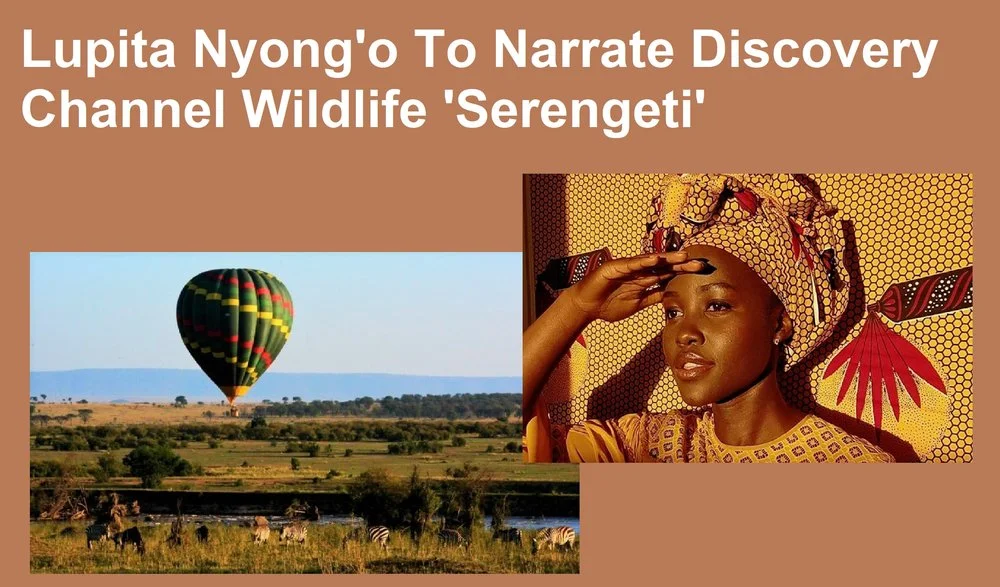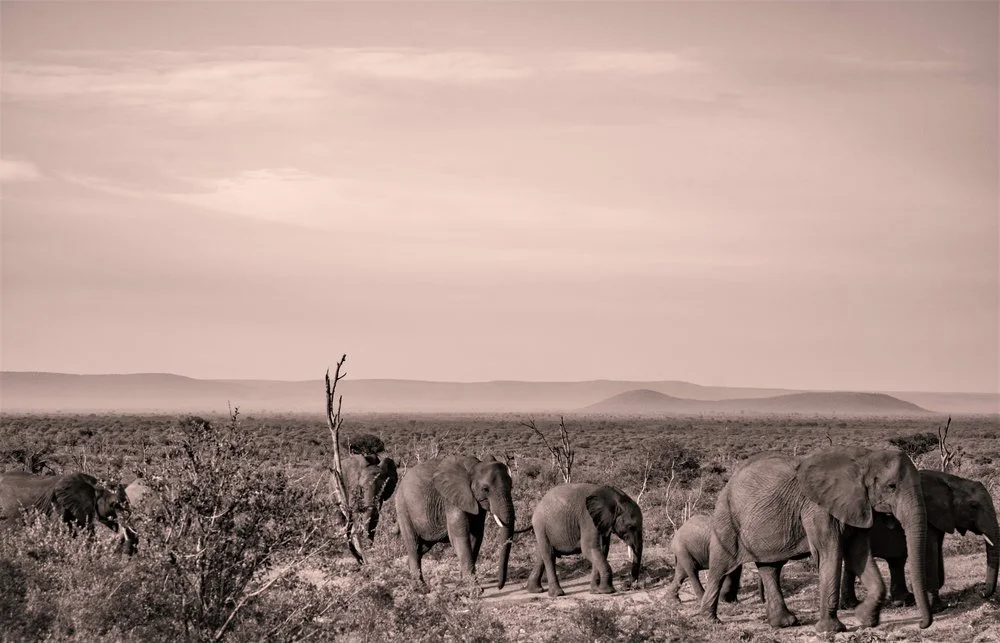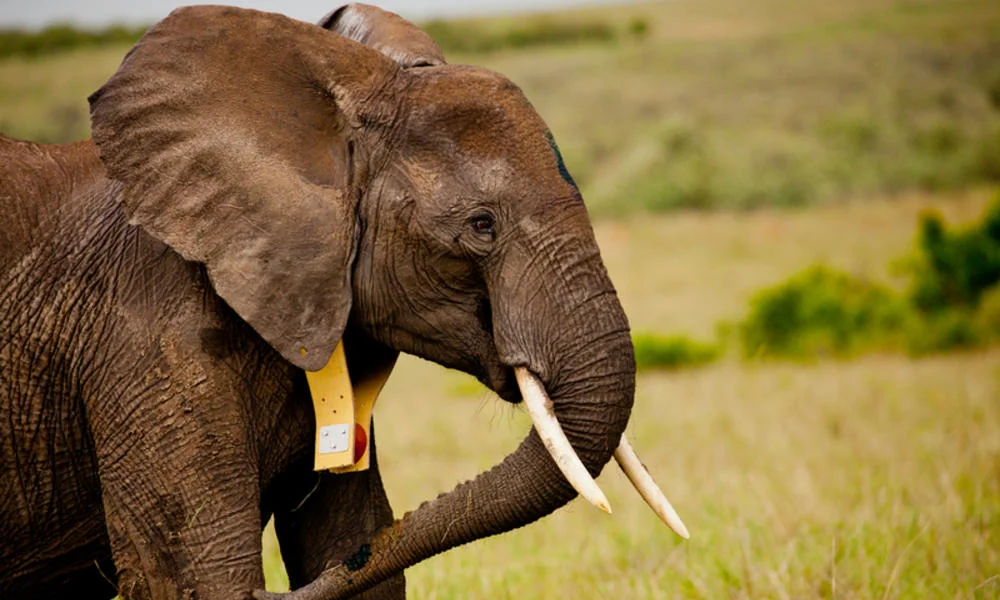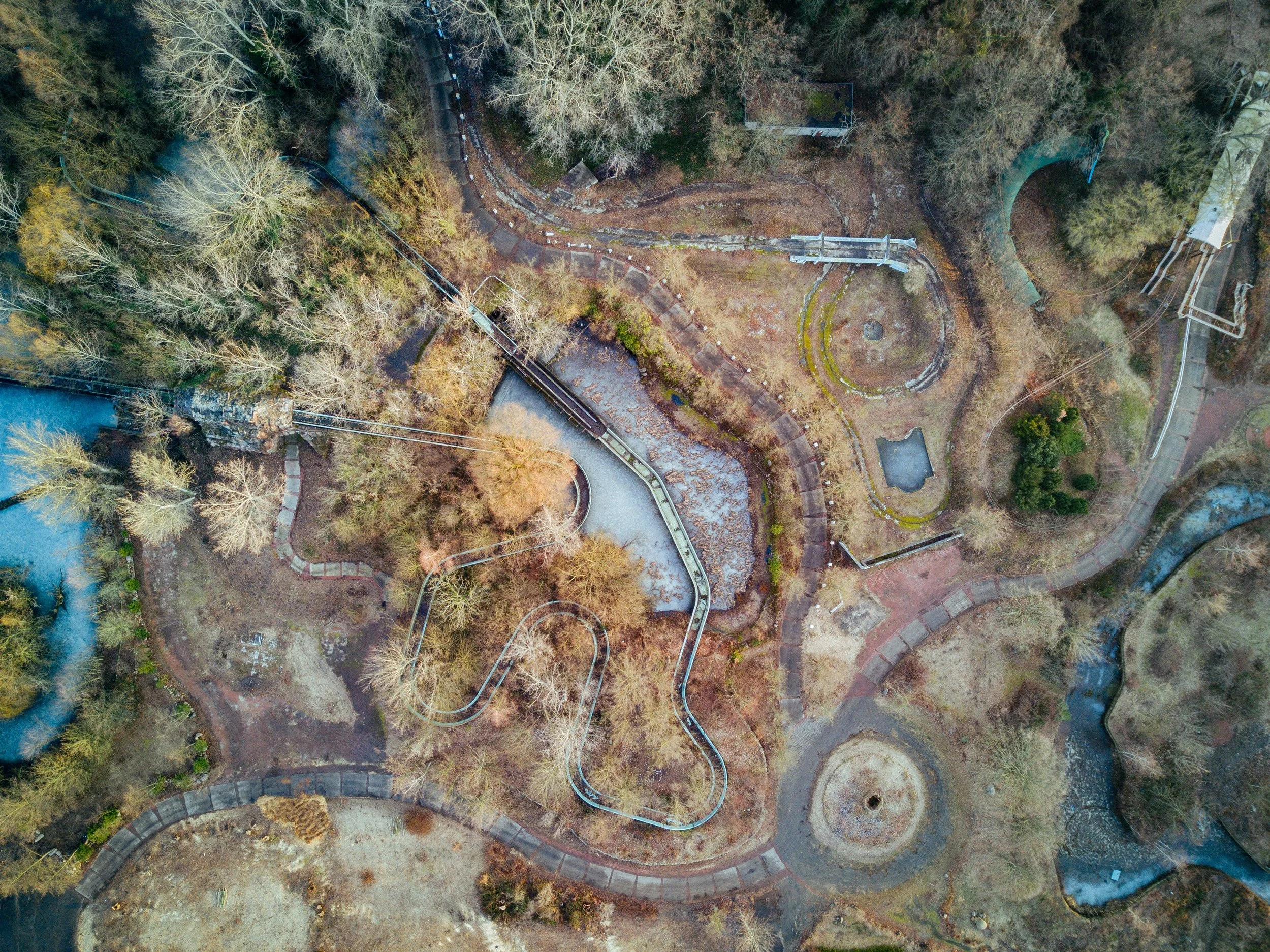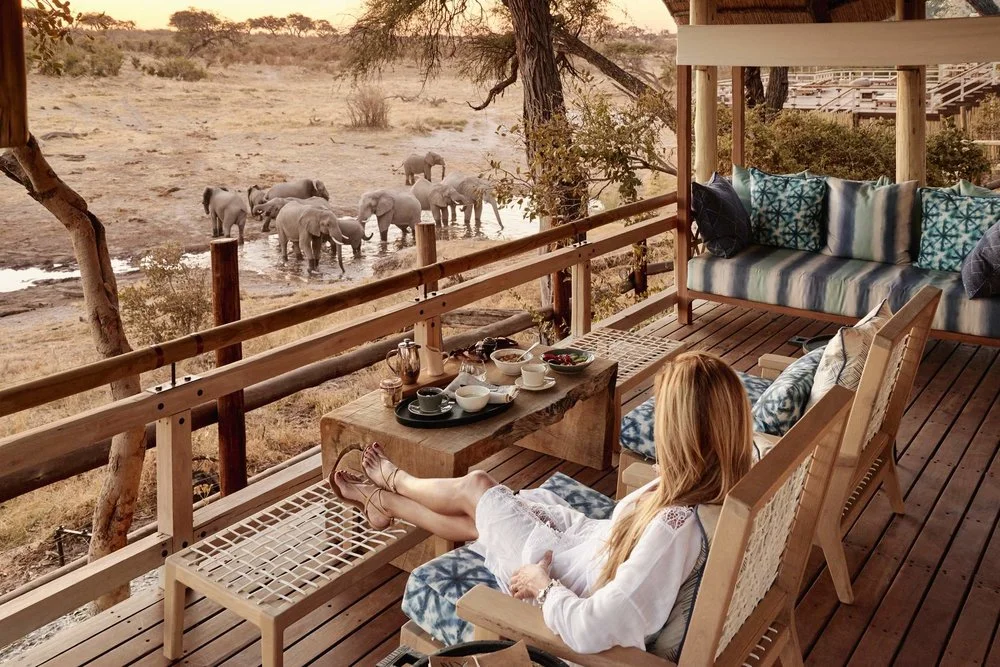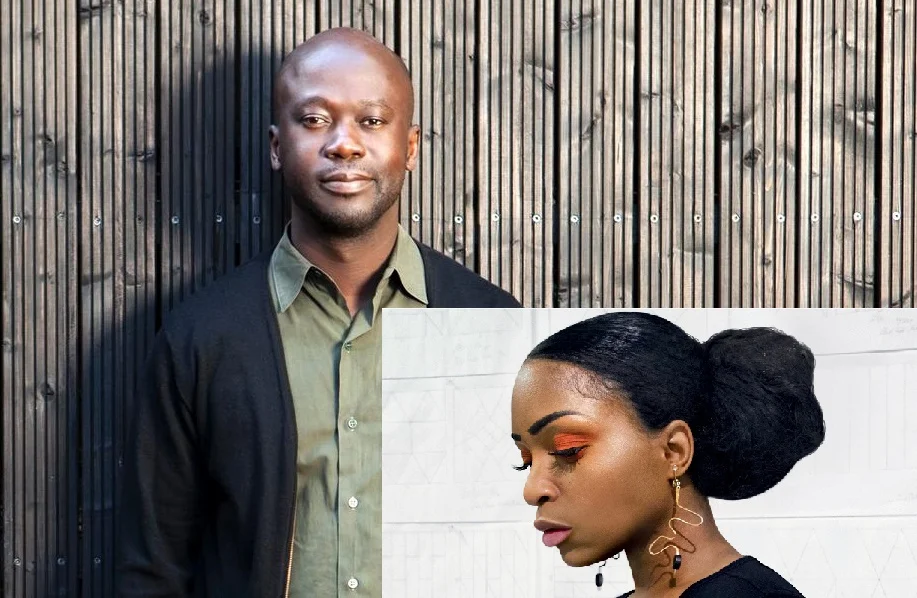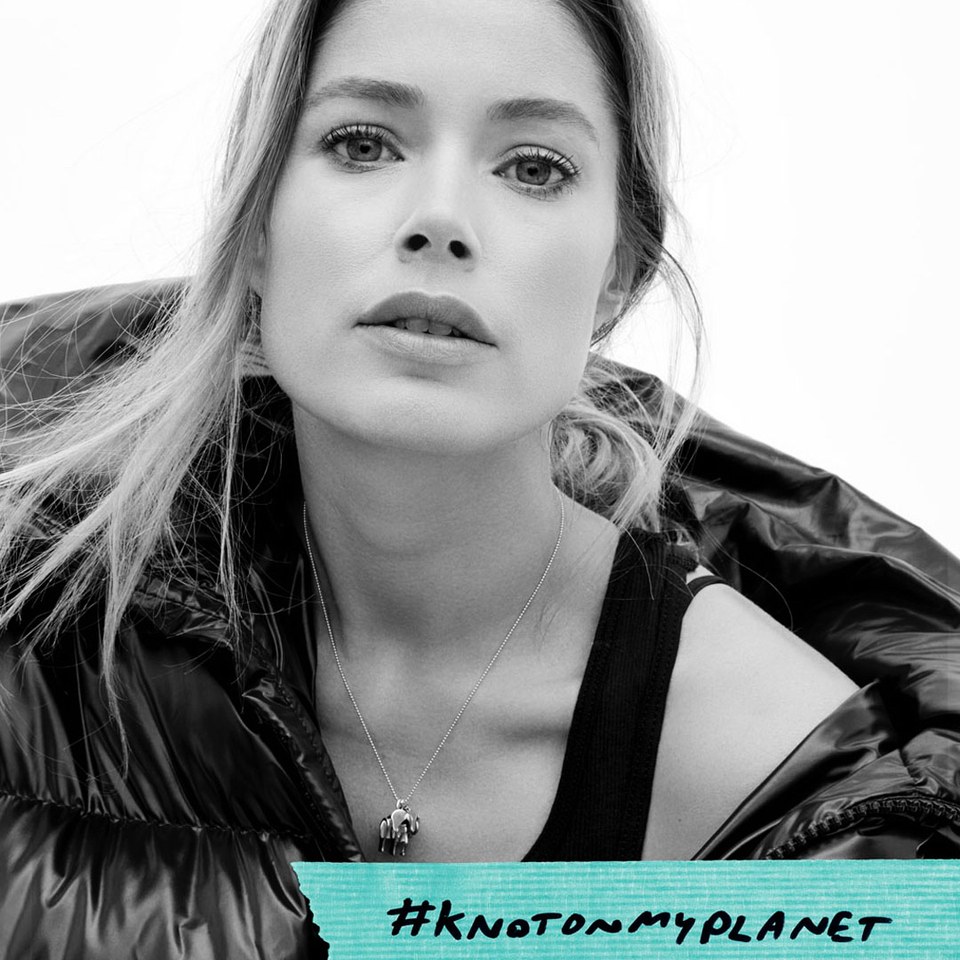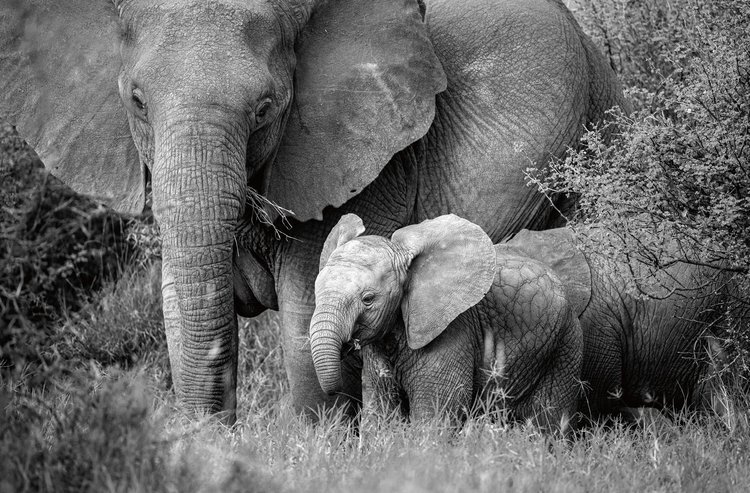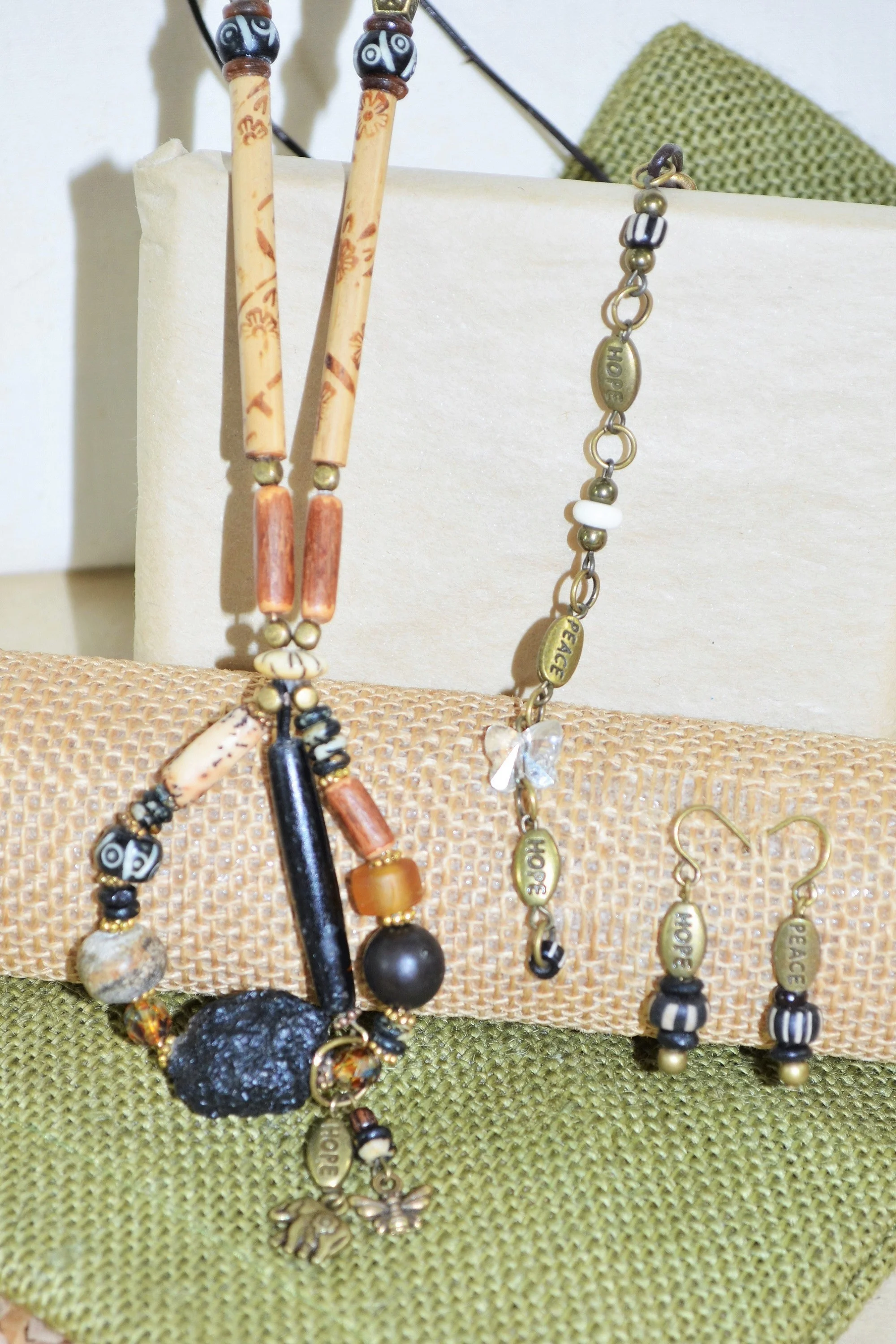UN Ambassador Gigi Hadid Visits Jamtoli Refugee Camp In Bangladesh, Housing Rohingya Muslims
Gigi Hadid has embarked on her first humanitarian mission as a UNICEF ambassador, visiting the Rohingya Muslim refugees in Bangladesh as part of a United Nations Children’s Fund initiative. The part Palestinian model is documenting her visit with Muslim children in Cox's Bazaar's Jamtoli Refugee Camp on her Instagram account. The Jamtoli Refugee Camp is currently home to approximately 45,000 Rohingya refugees who escaped Myanmar after the 2012 riots that resulted in the displacement of over 90,000 people.
The 23-year-old showed her 40 million followers a football game with some of the children, along with this text:
“As well as psychosocial work to help them get through trauma through activities like art, they also can play sports, learn music, and learn to read & draw (some for the first time in their lives). Separate from educational spaces, the importance of these spaces is huge due to the fact that refugee children can spend a majority of the day working, usually collecting fire wood from miles away so their families can cook, taking care of siblings, helping around the house, etc., and here they can just focus on having fun!”
Hadid also visited the ‘Women/Girl Friendly’ zones in the Jamtoli Camp: a safe place for females, young and old, to come learn basic education as well as personal hygiene, skills such as sewing, and also a place where they can share and connect with other women and girls.
AOC missed the June announcement that Gigi Hadid was joining HM Queen Rania of Jordan, Serena Williams, Priyanka Chopra and Katy Perry as a UNICEF International Ambassador. We've never been critical of Gigi, including when she speaks in support of Palestinians, but it thrills us extra, when she puts her celebrity status to good works like this visit to Bangladesh. This is true beauty!!




